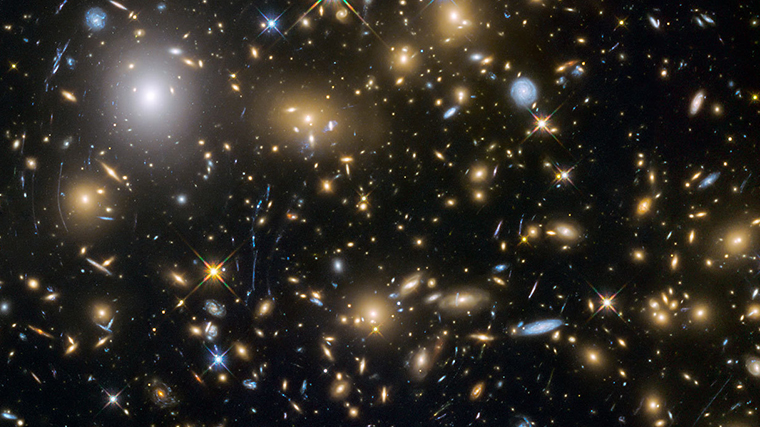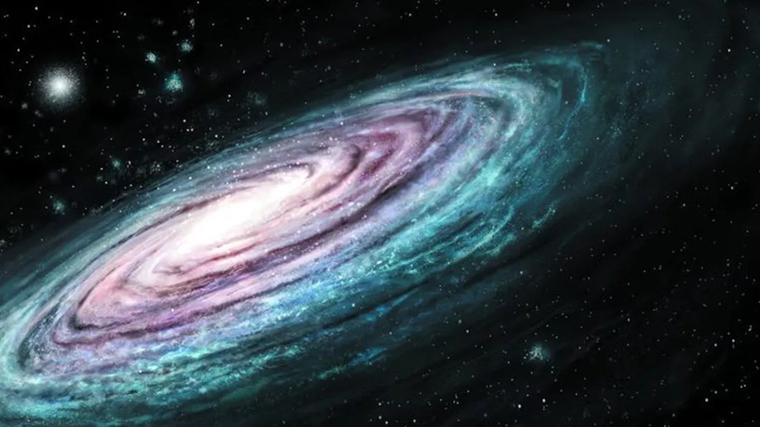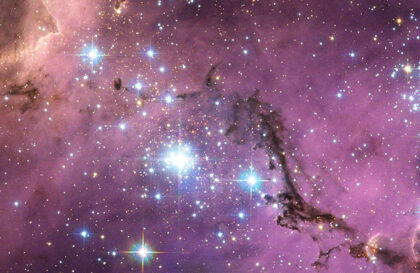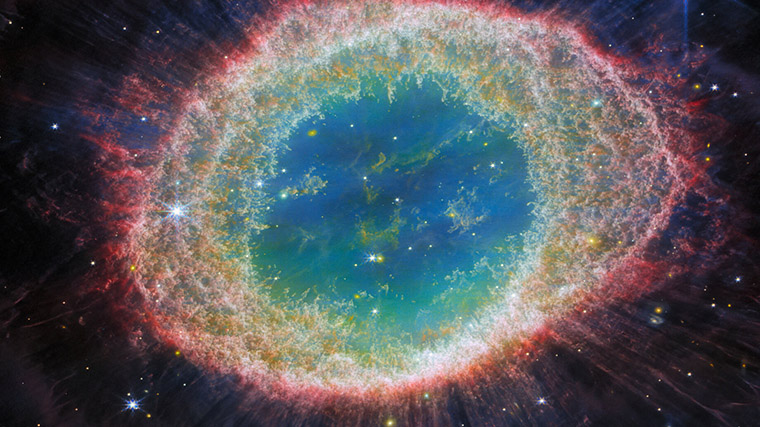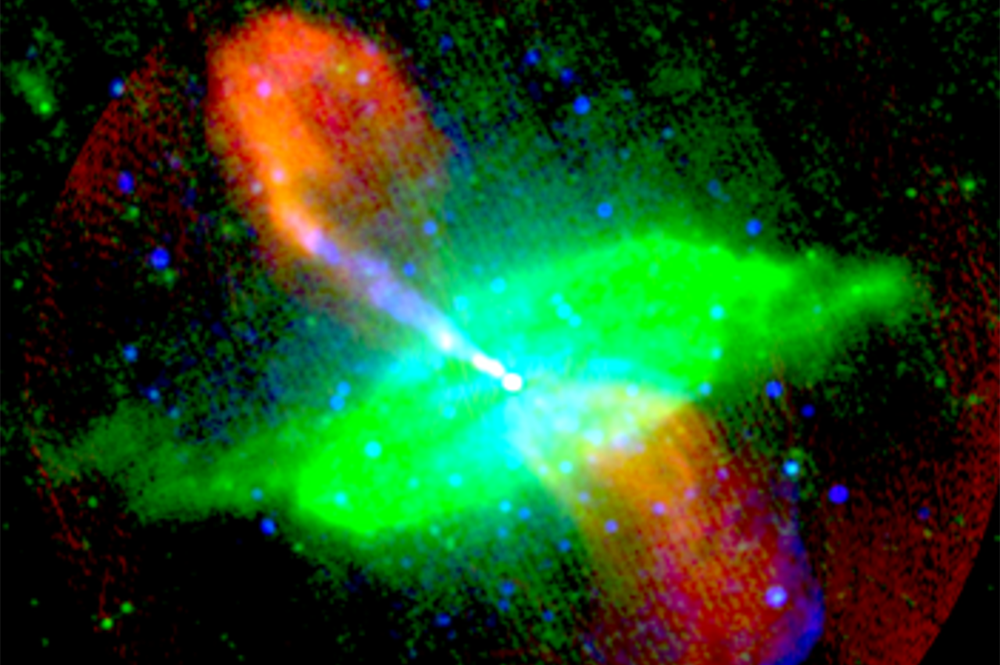The Hubble Space Telescope emerged as the pioneering tool to undertake a rudimentary tally of the galaxies strewn throughout the cosmos. The notion of Hubble Deep Fields was conceived upon the unveiling of the first set of deep field images, an epochal event following the telescope’s refurbishment in 1993.
Deep-field investigations embody the essence of patient celestial scrutiny—prolonged observations centered on a specific segment of the sky, to apprehend faint entities by accumulating their feeble luminosity over an extended temporal span. In this context, the depth of the observation, linked to the duration of exposure, unveils progressively dimmer subjects within the captured images. Faintness in astronomical bodies can emanate from either inherent feebleness or astronomical remoteness. In the instance of Hubble’s deep and ultra-deep fields, it is the extraordinary distances that render these galaxies faint and thus arduous to discern.
The inaugural deep field christened the Hubble Deep Field North (HDF-N), was subject to 10 successive days of relentless observation during the Christmas season of 1995. The resulting image, crafted from a staggering 342 distinct exposures totaling more than 100 hours, outshone the standard few-hour exposures that typify Hubble’s captures. The targeted patch of sky, situated in the constellation Ursa Major, was meticulously selected to minimize interference from our Milky Way’s stars, thus enabling Hubble to delve profoundly into cosmic distances, well beyond proximate galaxies.
The outcome? A breathtaking spectacle—almost 3,000 galaxies unveiled within a single frame.
The fervor surrounding the HDF-N beckoned a sequel: the Hubble Deep Field South (HDF-S), an endeavor embarked upon in 1996. This sequel was pursued to ascertain whether the HDF-N was an outlier, potentially unrepresentative of the broader universe. Importantly, the field of view embraced a quasar, serving as a cosmic beacon for distance measurement and lending insights into the expanse between it and our home planet.
Yet, the apex of Hubble’s galactic revelations came in 2004, with the unveiling of the Hubble Ultra Deep Field. Equipped with the Advanced Camera for Surveys installed during its 2002 service mission, Hubble cast its gaze upon the constellation Fornax. This breathtaking composite portrays the dawn of galaxies during the universe’s infancy—the so-called “dark ages” following the Big Bang. These ultra-deep fields bestow a vision of galaxies at the remotest reaches discernible in visible light.
The far-flung objects exhibit a distinctive hue due to cosmic expansion—their light waves stretch during their odyssey through space. This stretching effect, termed “redshift,” imparts a reddish tinge to these distant objects, akin to the Doppler shift altering the pitch of an ambulance siren as it recedes.
For galaxies exceedingly distant, their light waves journey to such lengths that they deviate from the visible spectrum and are solely detectable in infrared light. This limitation underscores that Hubble’s ultra-deep field has attained the zenith of its potential in visible light observation.
In 2012, the Hubble eXtreme Deep Field amalgamated over 2,000 existing exposures into an image that pushed boundaries even further. The resulting compilation, shaped by the amalgamation of multiple observations over a decade, offers an insight into galaxies at the edge of cosmic discovery. Yet, these insights merely scratch the surface—current technology permits the scrutiny of merely 10% of these galaxies, with the promise of unveiling the remaining 90% tethered to the development of more advanced observatories.
Hubble’s deep fields allow us to estimate the number of galaxies in the universe at 100-200 billion.
In a groundbreaking revelation led by Professor Christopher J. Conselice from the University of Nottingham, it was posited that the universe cradles no less than 2 trillion galaxies—tenfold the previous estimate. This revelation was nurtured by painstakingly transforming focused deep space images from telescopes globally, particularly the venerable Hubble, into 3D maps. These cartographical endeavors facilitated the calculation of galaxy density across varied segments of space, ultimately correcting past omissions. The universe, it seems, continues to reveal its unparalleled grandeur.
Let’s see what the James Webb telescope has to say.
Image credit:
https://esahubble.org
